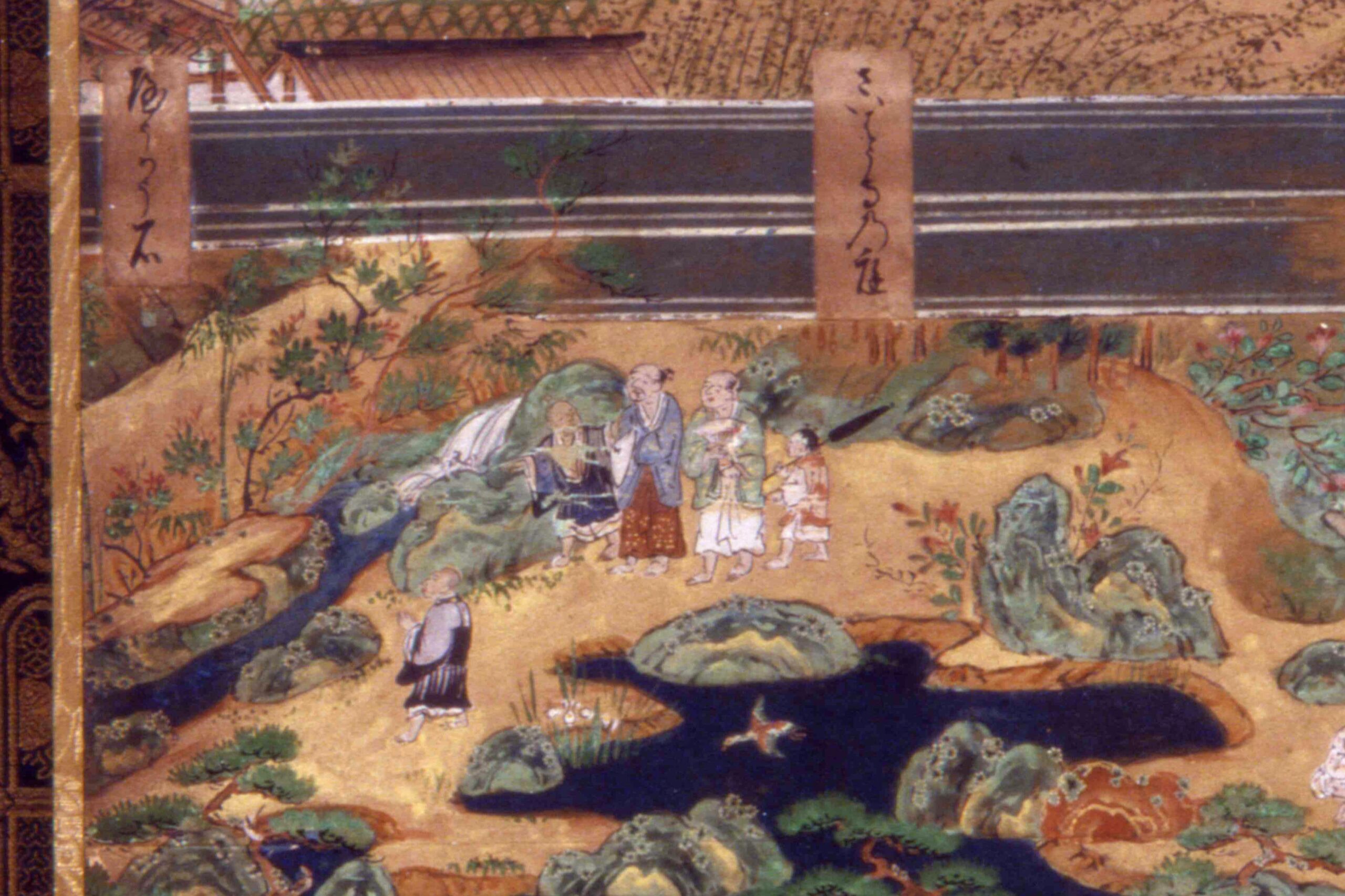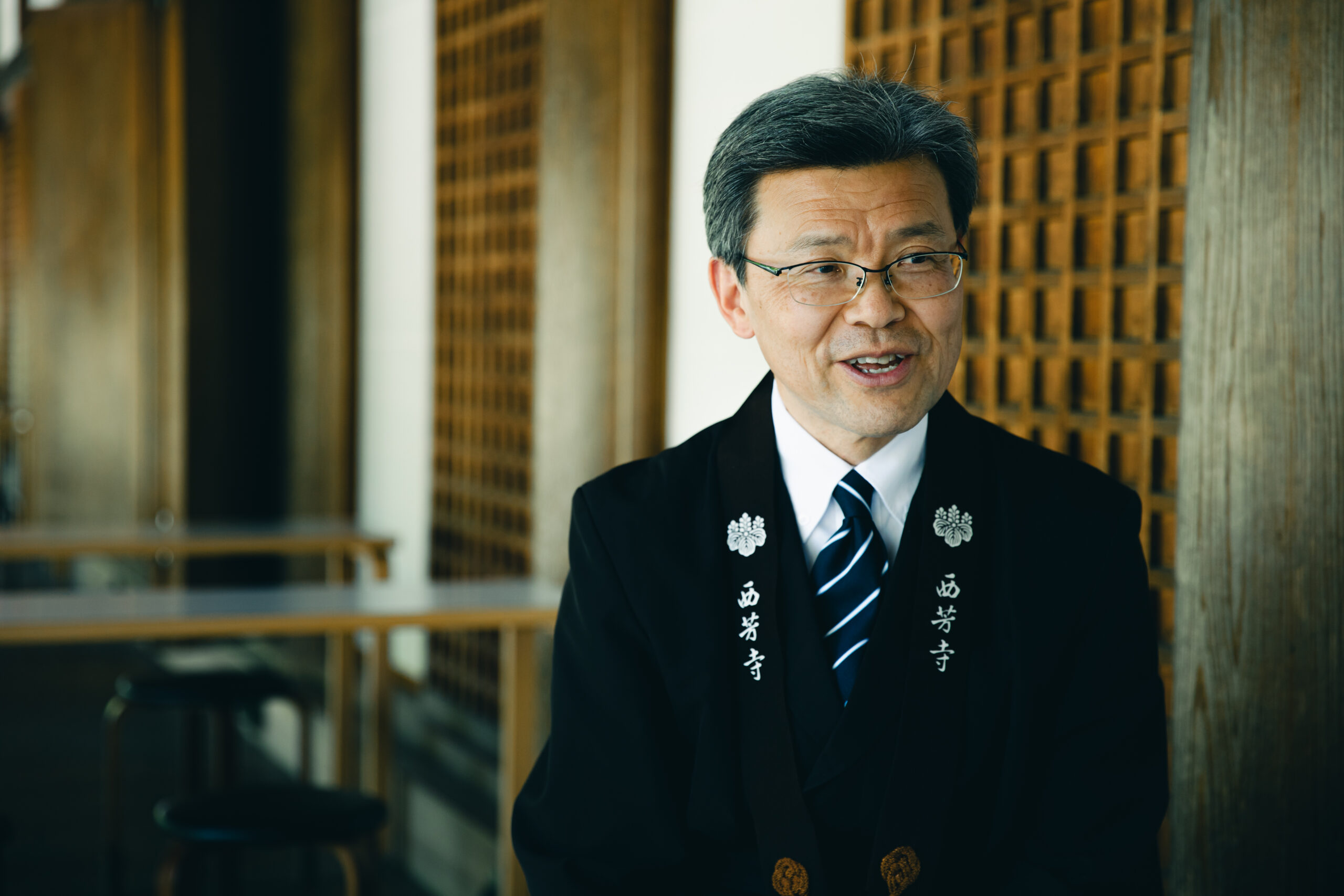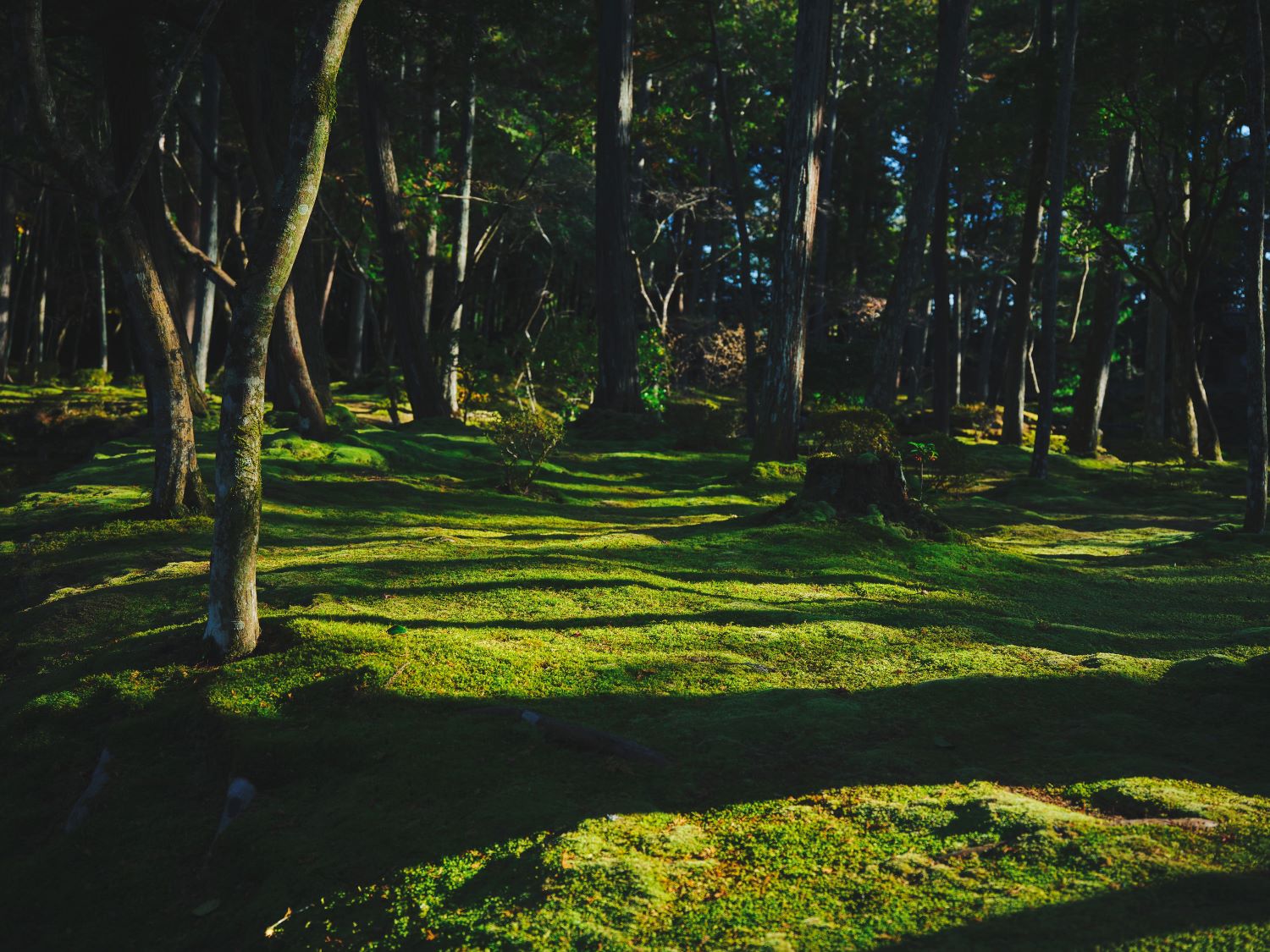2025.10.11
The Genii Locorum of Saihoji
(First Part)
Amasaki Hiromasa
History Etched Into the Earth
The ancient Romans believed that all locations were inhabited by genii locorum —the protective spirits of places. The multilayered nature of time is a key concept for understanding the history of Saihoji. And looking over the long history of Saihoji we can feel that it is exactly such kind of place.
To commemorate the 1,300th anniversary of its founding, Saihoji is restoring its canal. In February 2025, project chairman Professor Amasaki gave a lecture on the multilayered nature of time, which we are presenting below in the form of an article. It will dig a little deeper into the history of the temple, so readers who would like to get a general overview are encouraged to check out The History of Saihoji first.
Amasaki Hiromasa
Landscape architect, garden designer, professor emeritus at Kyoto University of the Arts, and honorary director of the Research Center for Japanese Garden Art and Historical Heritage. Born in 1946. After graduating from the Kyoto University Faculty of Agriculture, Professor Amasaki apprenticed himself to a landscaping contractor in Kyoto, where he gathered experience in many different work settings before he set up his own business. At the same time, he has spent many years teaching a great number of students about garden design and the history and culture of landscape gardening. As a subject matter expert, he has also led the conservation and restoration of cultural property gardens throughout Japan. In 1992, the Japan Institute of Landscape Architecture presented him with an award, and in 2014, the City of Kyoto recognized him as a Person of Cultural Merit.
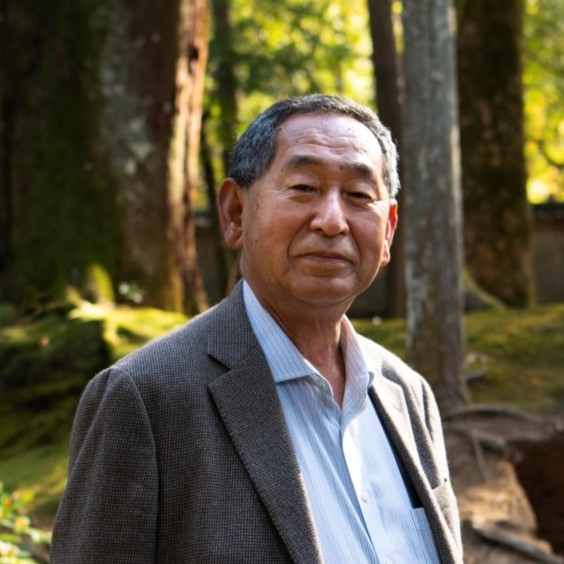
Gardening as Another Form of Buddhist Training
Today I will speak on the theme of the multilayered nature of time, peeling back the many temporal layers contained within the garden at Saihoji, starting with the landscape created by Muso Kokushi, who not only restored the temple after its ruin, but also designed the original form of the current garden.
I personally find the garden at Saihoji to be the perfect place to gain a keen insight and deep appreciation for nature. As a historian of Japanese gardens, my view is that Muso Kokushi greatly valued communing with nature, as he ushered in a new era in gardening history.
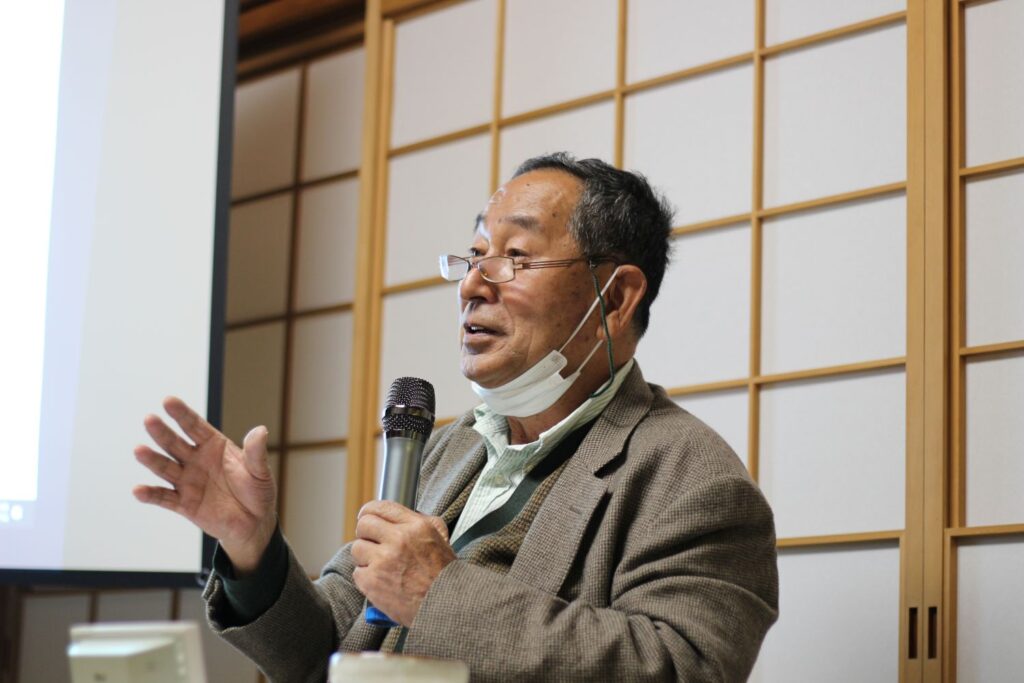
Amid the literature related to Muso Kokushi, there is a work called Muchu Mondoshu (Questions and Answers in a Dream). In addition to covering various questions about Buddhism, this book also touches on gardening. One such passage states, “Mountains and bodies of water offer neither advantage nor disadvantage, for these can only be found in the hearts of men” (Passage 57, Muchu Mondoshu, annotated by Kazuma Kawase. Original text: Gozanban edition printed in 1344).
The “mountains and bodies of water” mentioned here refer to the sansui-style Japanese gardens that were modeled after mountains (san) and bodies of water (sui), while the “advantage and disadvantage” refer to various benefits and losses. What this passage tells us is that there is nothing inherently beneficial or detrimental about the sansui-style garden, so appreciating this style of garden cannot be judged as good or bad. Advantages and disadvantages are to be found within the hearts of the people looking upon the gardens. Moreover, what is good and bad can change depending on the perspective of the person doing the viewing.
The text also says that there are many different kinds of people who are interested in gardens. While some may enjoy collecting rare items, others appreciate the beauty of nature, but landscape gardening and Zen training actually go together. That is the most important thing. A true seeker of the truth would believe that everything in nature, including mountains, rivers, and plants, is part of their true nature. Anybody who thinks that undergoing Buddhist spiritual training is somehow distinct from the sansui garden still has more to learn. The seeker of truth loves the sansui garden, and we should follow his example.
Sculpting Nature in One’s Own Image
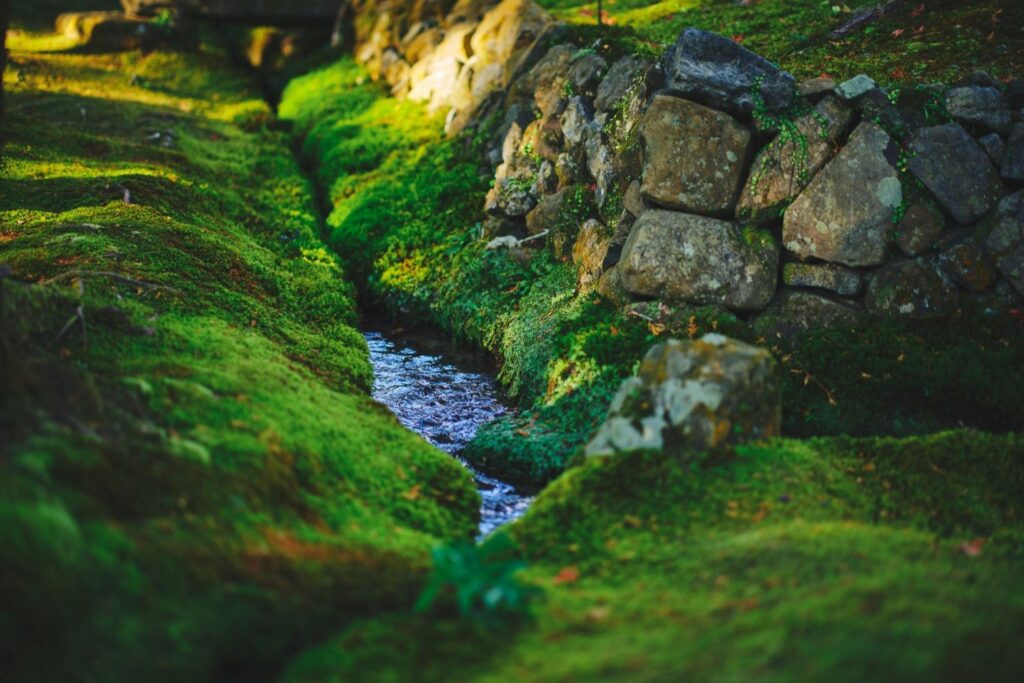
Japanese gardens have undergone an evolution in the way they are formed. During the Heian Period (794–1185), the most important feature of garden design was the suhama, namely the stones and pebbles arranged along the banks of ponds and streams to make them look like rivers and seas. The stones laid around the edge of the pond creates an exceptionally serene and pleasant landscape. Landscape design in this era imitated nature, and its basic form was the scenery of the seaside.
By contrast, Muso Kokushi used stone arrangements to add a powerful, three-dimensional element to his gardens. He was not the first to include stone arrangements in gardens, but while others tended to use them only sparingly in certain areas, Muso Kokushi used them liberally to represent every possible feature of the sansui landscape. I refer to this as “reconfiguring the scenery,” but Muso was, in fact, recreating the landscapes he saw in his mind’s eye.
This must have been an absolutely revolutionary idea. My historical viewpoint is that Muso Kokushi kicked off a new era in gardening, in which gardens were shaped according to the gardener’s own interpretation of nature.
An Innovative Way of Creating Space
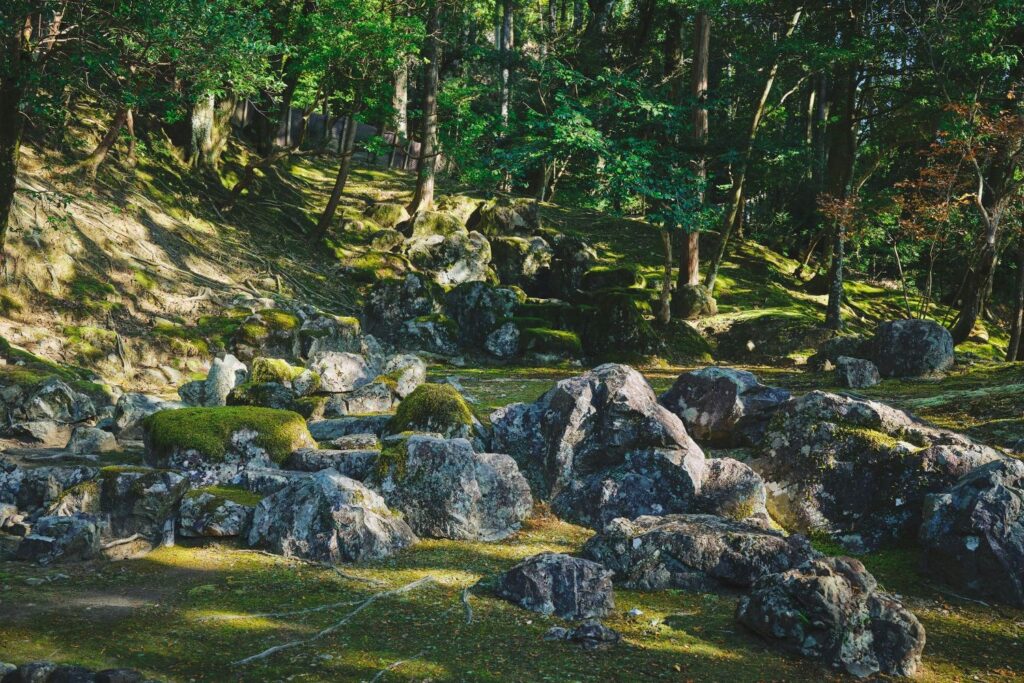
So, what kind of landscape designs feature in the garden at Saihoji?
To begin with, Saihoji has the dry landscape garden (karesansui) in the upper tier, which is usually closed to the public. It is the earliest example of a dry landscape garden. The word karesansui actually already existed since the Heian Period and referred to the use of stone arrangements in places where there were no ponds or irrigation channels. Used in this way, stone arrangements were a minor element within the gardens. Muso Kokushi, on the other hand, shifted the focus onto the stone arrangements, zooming in on this feature to give birth to an entirely new garden style.
Farther up the mountain from the upper tier is a spot where the Shukuentei Pavilion once stood. Although it no longer exists, the pavilion once offered spectacular views of the entire city of Kyoto. Scenic views were of great importance to Muso Kokushi.
Back down in the lower tier of the garden, there once was a two-story building called the Ruriden, which is believed to have served as the model for the two-story structures at the Golden and Silver Pavilions. Taller buildings such as the Shukuentei Pavilion and the Ruriden pull the line of sight upward, providing a new perspective from which to appreciate the garden. Saihoji was the first to add this vertical axis to spatial design, turning the Japanese garden into a three-dimensional space.
Bound Together with Nature, a Place the Heart Calls Home
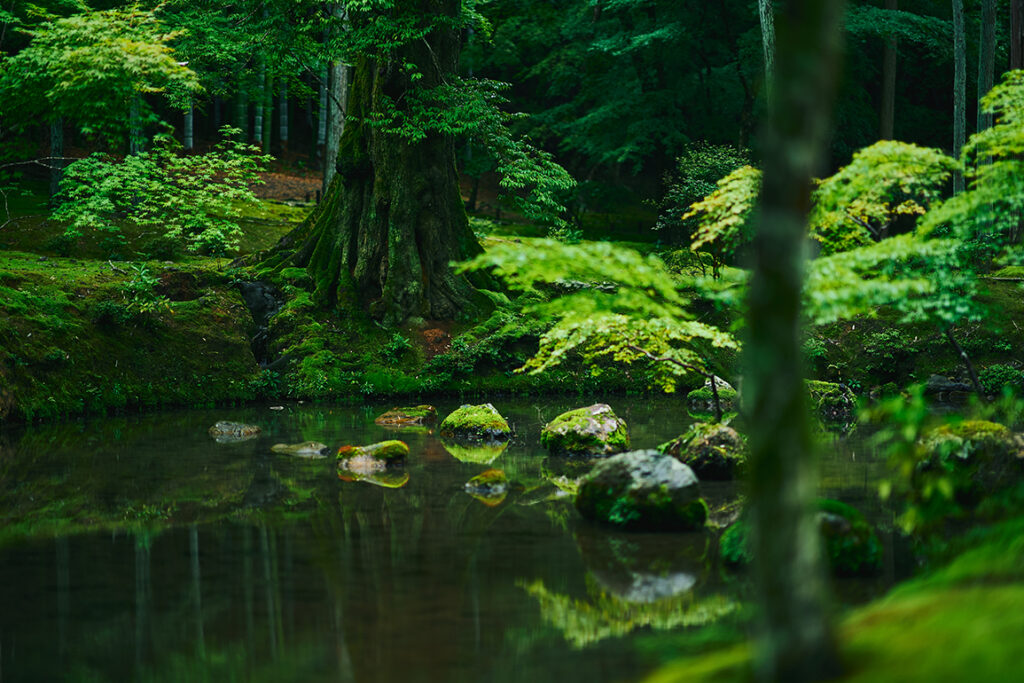
Around the same time that he worked on the garden at Saihoji, Muso Kokushi also built the garden at Tenryuji Temple in Kyoto’s Arashiyama district. The garden at Tenryuji is quite distinct from Saihoji, with the key difference being the stones.
Around 200 million years ago, the area we now know as Kyoto lay at the bottom of the sea. Over time, the sedimentary rocks on the seabed rose, forming the Kyoto Basin that we see today. The mountains of Kyoto are therefore formed from sedimentary rock, which generally consists of three types of stone: sandstone, which is solidified sand; shale, which is solidified mud; and chert, which is solidified plankton. Most of the mountains around Saihoji are made of sandstone, while those around Tenryuji Temple are shale.
When building gardens, people generally use rocks and stones from nearby areas, so the stone arrangements in Saihoji primarily consist of sandstone. However, the stone arrangement that makes up the waterfall in the Tenryuji garden is made with stones that are not native to the Kyoto region, having been brought to Kyoto from the area around Wakayama.
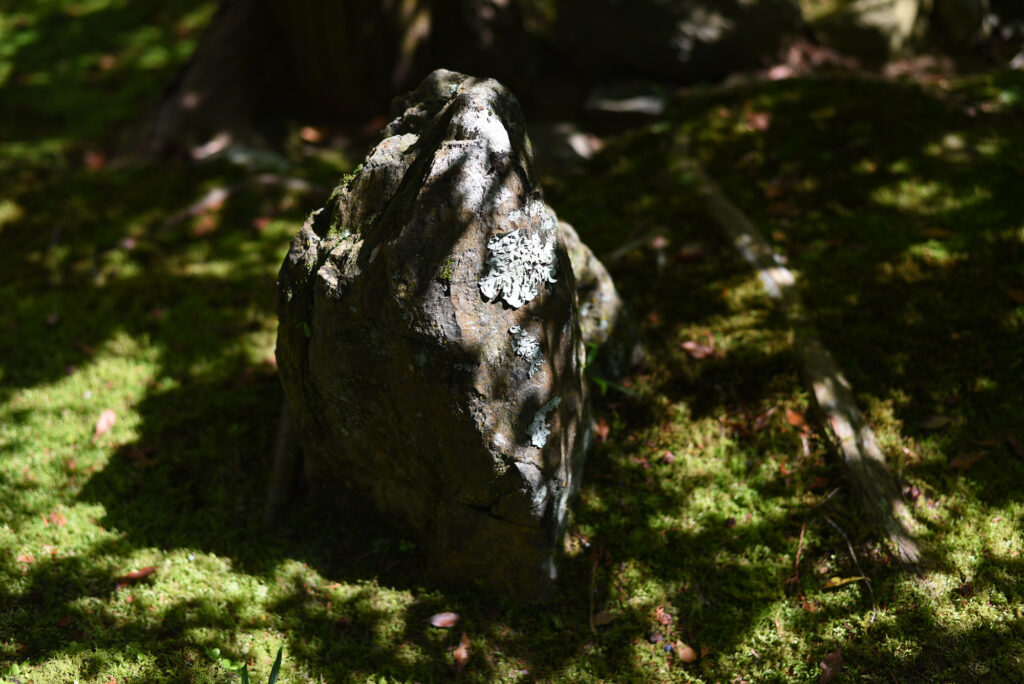
Tenryuji Temple was built to venerate Emperor Go-Daigo after his death and can therefore be seen as a public work, with materials brought in from far away. By contrast, the garden at Saihoji was built in the local environment using locally sourced stones, creating a space that truly blends in with nature. When we reflect on the differences in the stones used in these gardens, we can imagine that from Muso Kokushi’s perspective, Saihoji may have been the place that his heart called home.
In the second part , we will explore what Saihoji represented to people in the past, as well as the significance of the canal restoration project.
Edited by: MIYAUCHI Toshiki
Written by: HOSOTANI Kana
Photographed by: Editorial Department
*These photos were with permission.
Up next
Most read
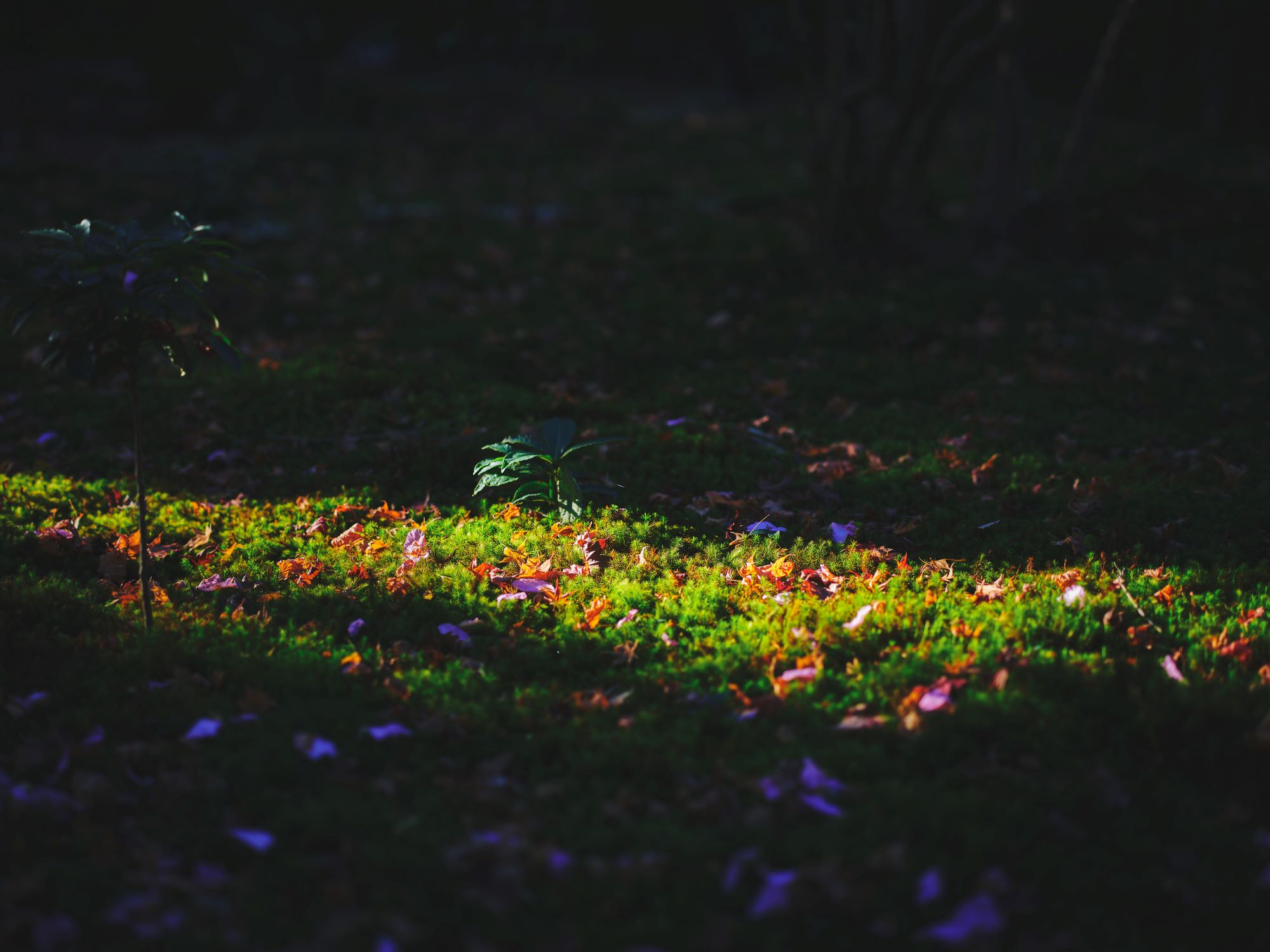
Your Heart
"Life and Death"


